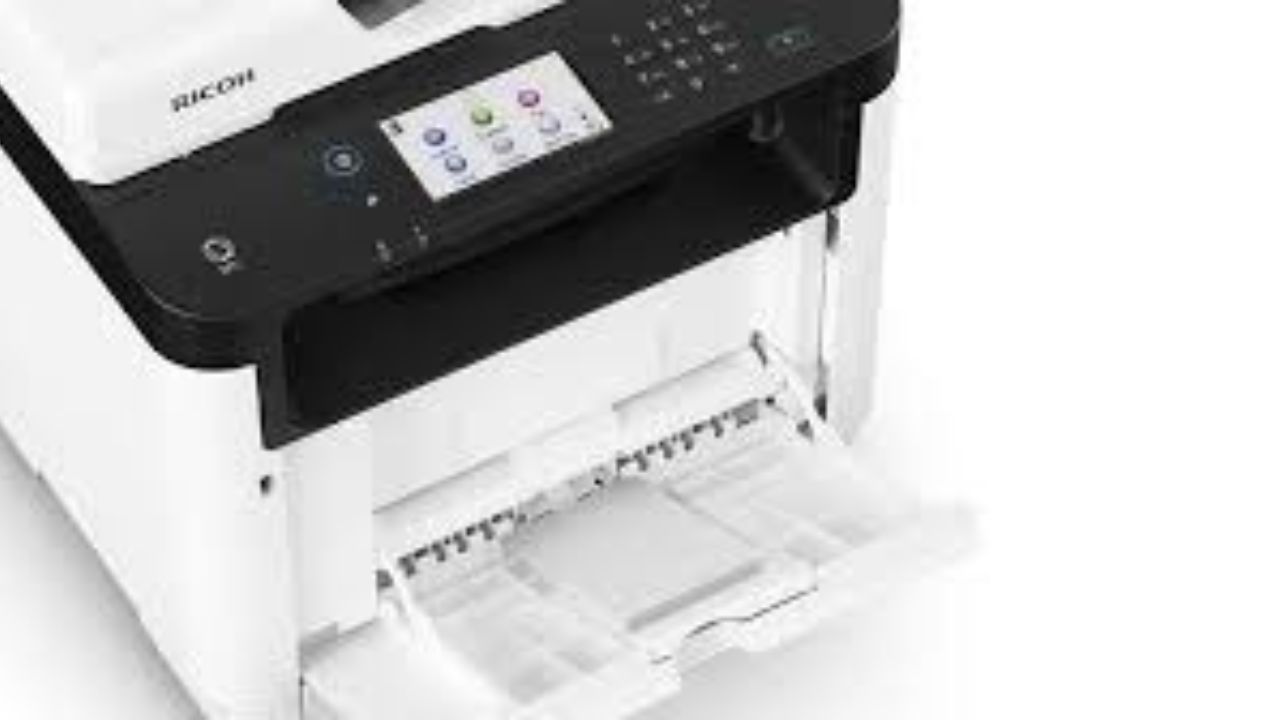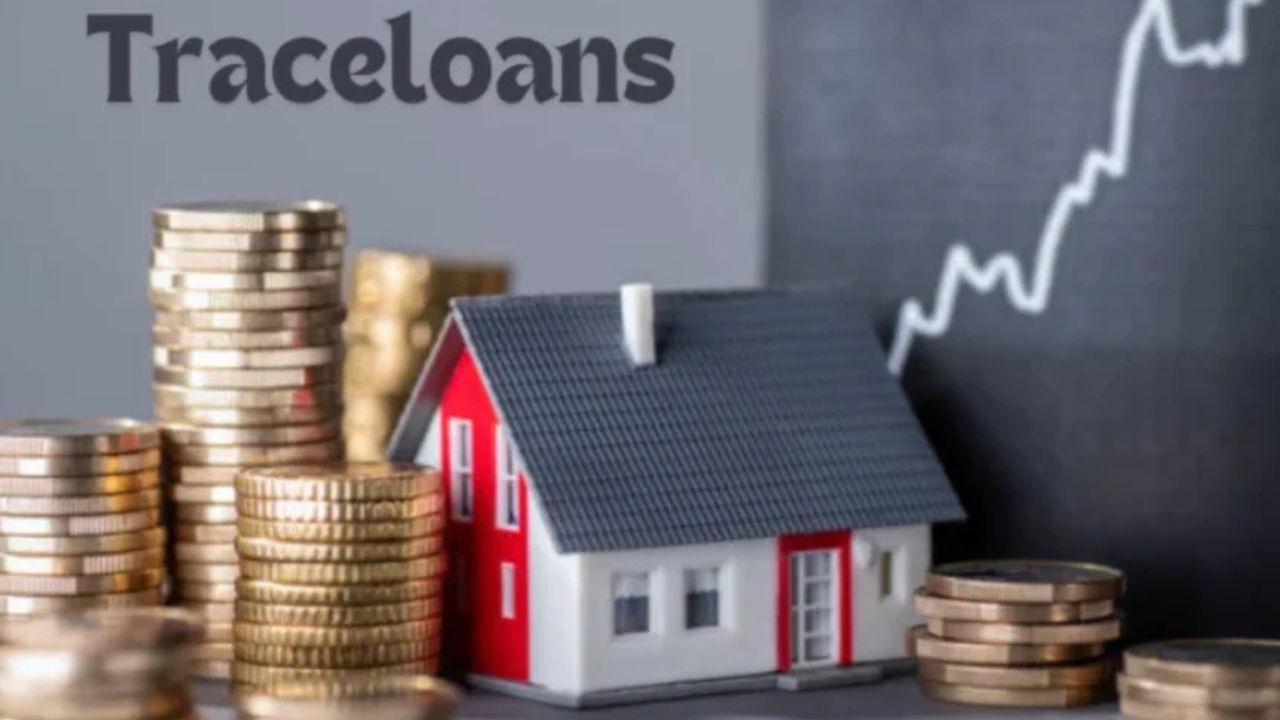In the contemporary climate trade technology, in which the weather disaster is an actual hazard, the necessity for a transition from fossil fuels to renewable electricity sources has by no means been clearer. The construction industry, which debts for the majority of world greenhouse gas emissions, reveals itself in a disturbing position. However, incorporating renewable strength sources into constructing design and operations—along with efficient FF&E and OS&E Procurement.
Understanding Renewable Energy Integration
Renewable power integration entails incorporating sustainable resources of energy like geothermal, sun, wind biomass, and greater into the layout of buildings and operational approaches. The attention is on energy performance as well as the use of renewable strength generated on the website and reducing dependence on conventional sources of electricity. Since the need for green building creation grows, architects builders, and developers know the significance of incorporating renewable power alternatives into their plans.
Benefits of Renewable Energy Integration
- Environmental impact: One of the primary positives of the combination of renewable electricity is its ability to reduce carbon dioxide emissions. With clean strength within the blend, homes are capable of performing with less impact on the surroundings. Based on the International Energy Agency, the utilization of renewable electricity can cut global carbon dioxide emissions through as lots as 70 percent till 2050. This alternative now not best aids in combating climate trade but also improves pollution tiers and reduces the hazard to health from pollution.
- Economic viability: Investment in renewable electricity resources will result in savings in prices. Although the initial price can be greater than traditional strength systems, the continuing price of renewable power assets tends to be smaller. Specifically, sun panels are extra low-cost and charges have dropped using more than 70% for the reason that yr 2010. Furthermore, governments regularly provide incentives to encourage green strength like tax credits or presents to similarly increase the viability of economics.
- Security and Energy Independence and Security: By using renewable energy sources, building owners can fulfill higher energy independence. Self-sufficiency is especially important when energy prices fluctuate, or when electricity supply isn’t reliable. Renewable energy generated on-site can buffer price fluctuations as well as serve a constant energy supply as well as ensure that buildings stay operating even when grid interruptions occur.
- Increased Resilience: Climate modifications are creating greater frequency and severity of storms, which makes resilience a crucial element of designing buildings. Renewable energy structures, in particular batteries and microgrids, permit homes to characteristic inside the occasion of an emergency. In the case of a shape, for instance, it is geared up with solar panels and batteries can awareness on supplying electricity at some point of grid outages providing protection and safety for the ones living in it.
Technologies for Renewable Energy Integration
- Solar Energy Photovoltaic (PV) devices convert sunlight into electrical energy and are among the most requested green energy sources that can be used in construction sites. Solar panels for roofs as well as solar shingles and Building-integrated Photovoltaics (BIPV) can be viable choices to power different types of buildings.
- Wind Energy: Although wind energy is usually connected with farms of a larger size small wind turbines can be efficaciously placed in urban or suburban environments. They can complement other sources of renewable energy, offering more power during high winds.
- Geothermal Heating and Cooling Geothermal systems make use of the stable temperatures of the earth to favor energy-efficient heating and cooling. Ground source heat pumps can dramatically reduce energy use in comparison to conventional HVAC units, which results in lower bills for energy as well as a more carbon-free footprint.
- Energy Storage Batteries enable building owners to store power generated by renewable sources in times of lower production. This can improve the efficiency and reliability of renewable energy systems.
Challenges to Implementation
Despite the obvious tremendous outcomes of integrating renewable energy, there are several demanding situations to overcome. The excessive initial charges, regulatory restrictions, and the demand to rent skilled people can limit extensive-scale adoption. Additionally, the integration of renewable energy structures in older homes frequently calls for retrofitting, which could prove logistically tough and high-priced. In this context, collaboration with FF&E Procurement Companies.
To address these issues Stakeholders must work together to come up with innovative financing strategies that streamline permit processes and fund the development of education and training. The government can contribute by implementing policies that help to encourage the use of renewable energy and encourage sustainable construction techniques.
Conclusion
Future-proofing your construction calls for the shift to inexperienced strength and renewable sources of strength in the production enterprise. We embrace sustainable energy sources that will allow us to create surroundings that aren’t always the handiest eco-green but also economically viable and durable. Technology keeps boosting and the significance of taking motion on weather change increases, the combination of sustainable electricity resources into creation practices is crucial to achieving an environmentally sustainable future. With collaboration, creativity, and a commitment to sustainability, we will create structures that can meet our modern needs whilst additionally protecting our planet inside the destiny.










